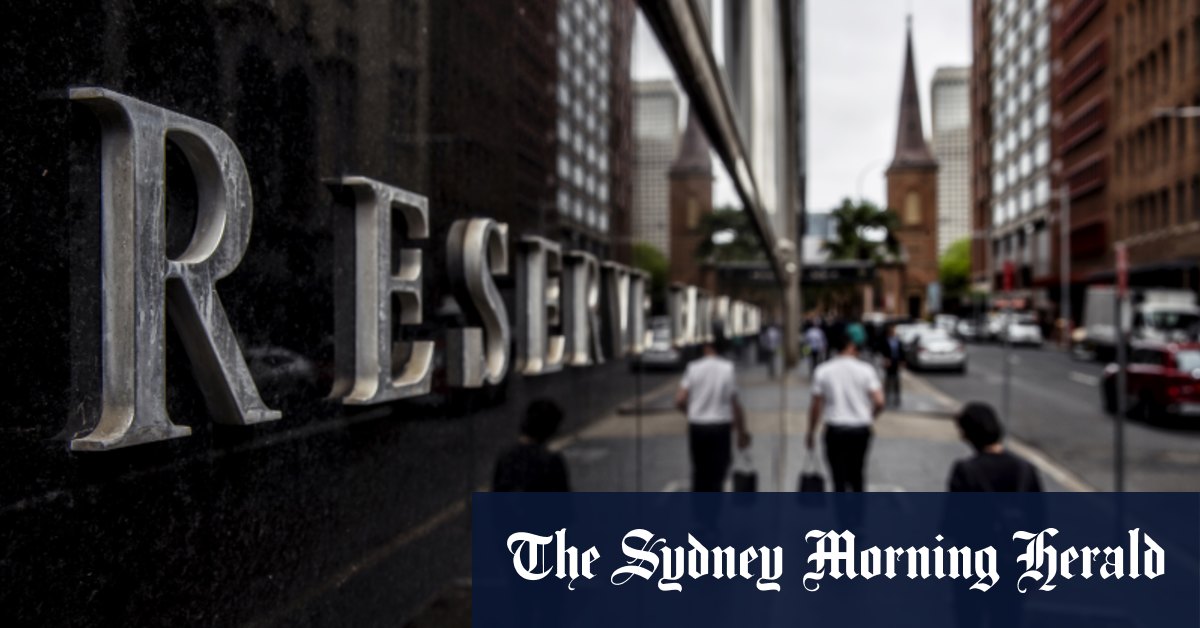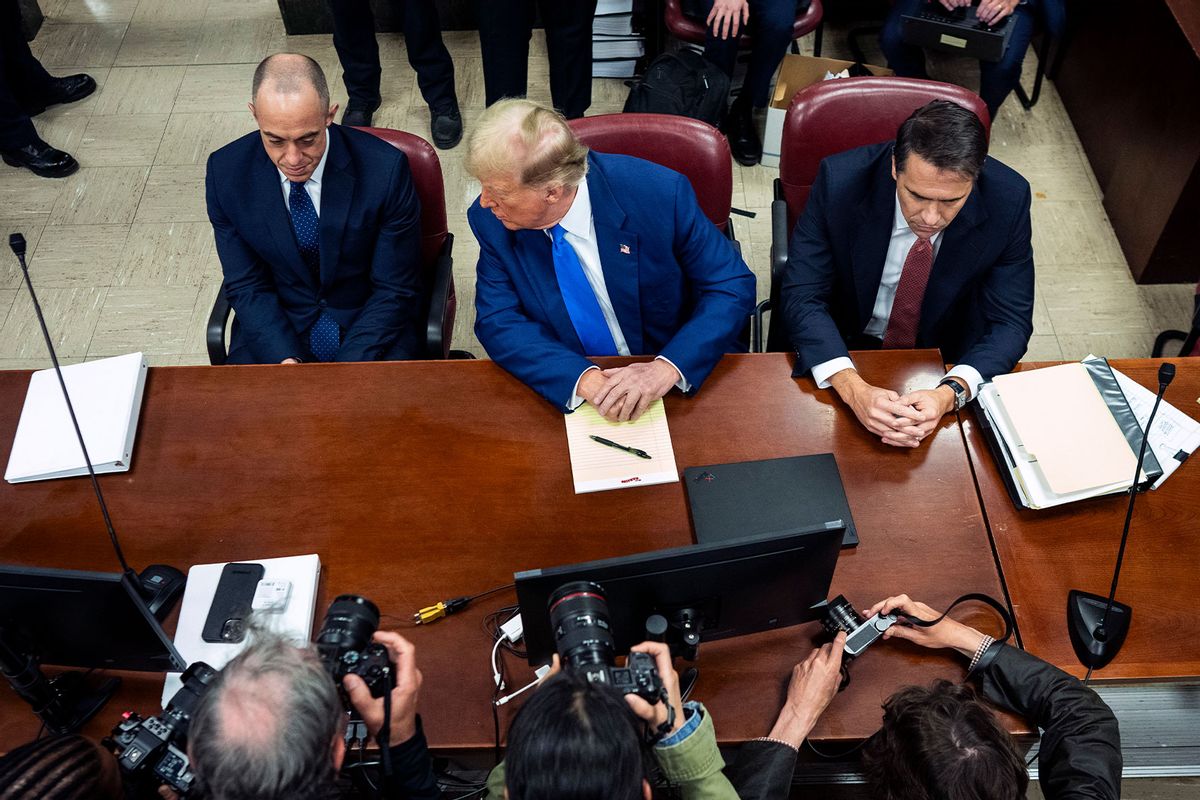[
“This may see the RBA move back to a tightening bias (from a neutral bias) as the board may debate whether another rate hike is needed,” she said.
“Today’s inflation data removes the chance of any near-term rate cut.”
Treasurer Jim Chalmers said inflation was still too high, but it was encouraging to see it ease from its peak in December 2022.
“It’s still too high, people are still under the pump, but we’re making progress,” he said.
“In the May budget, the Albanese government will seek to balance the ongoing fight against inflation with the need to gear our economy for growth.”
But shadow treasurer Angus Taylor said after two years of Labor management, families and businesses were still struggling with the impact of high inflation.
“With three weeks to go until the federal budget, we’re yet to see any signs from Labor that it’s taking inflation seriously,” he said.
Higher university and high school costs, increased health costs and rental price rises helped drive inflation in the first three months of the year, and on an annual basis, rents, insurance and education saw their strongest price increases in more than a decade.
Loading
Rental prices rose by 7.8 per cent in the year to March, the largest increase since March 2009. But the ABS said that increase would have been 9.5 per cent without the 15 per cent jump in the Commonwealth Rent Assistance payment that came into effect last September.
Sean Langcake, head of macroeconomic forecasting at Oxford Economics Australia, said rents continue to rise thanks to ultra-low vacancy rates in major cities, and they will remain a strong source of underling inflation pressure through the year.
“The strength in underlying inflation highlights that further disinflation from here will be frustratingly slow,” he said.
Education prices rose by 5.9 per cent in the quarter, the biggest rise since 2012, driven by higher primary and secondary school fees as well as tertiary education fees.
Insurance prices also rose by the strongest rate in years, with higher reinsurance costs, natural disaster costs and claims driving higher premiums and lifting insurance inflation by 16.4 per cent through the year, the highest rate since 2001.
Westpac chief economist Luci Ellis said the lift in pharmaceutical prices and insurance costs did not suggest inflation was being driven by strong consumer demand, and added the central bank was likely to remain cautious about services inflation and local demand for some months to come.
Cut through the noise of federal politics with news, views and expert analysis from Jacqueline Maley. Subscribers can sign up to our weekly Inside Politics newsletter here.







